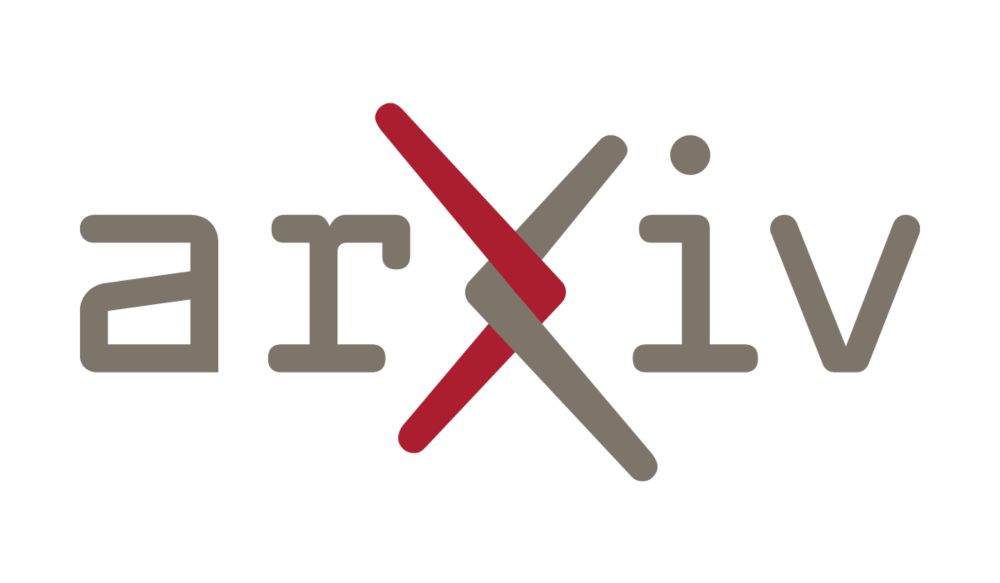Patrick Gerard
@patrikgerard.bsky.social
140 followers
350 following
25 posts
phd student @usc-isi | misinformation, networks, nlp, (hate|fear) speech
Posts
Media
Videos
Starter Packs
Pinned
Patrick Gerard
@patrikgerard.bsky.social
· Jun 22
Patrick Gerard
@patrikgerard.bsky.social
· Jun 22
Patrick Gerard
@patrikgerard.bsky.social
· Jun 22
Patrick Gerard
@patrikgerard.bsky.social
· Jun 22
Patrick Gerard
@patrikgerard.bsky.social
· Jun 22

Bridging the Narrative Divide: Cross-Platform Discourse Networks in Fragmented Ecosystems
Political discourse has grown increasingly fragmented across different social platforms, making it challenging to trace how narratives spread and evolve within such a fragmented information ecosystem....
arxiv.org
Patrick Gerard
@patrikgerard.bsky.social
· Jun 22
Patrick Gerard
@patrikgerard.bsky.social
· Jun 22
Patrick Gerard
@patrikgerard.bsky.social
· Jun 22
Patrick Gerard
@patrikgerard.bsky.social
· Jun 22
Patrick Gerard
@patrikgerard.bsky.social
· Jun 22
Patrick Gerard
@patrikgerard.bsky.social
· Jun 22
Patrick Gerard
@patrikgerard.bsky.social
· Jun 22
Patrick Gerard
@patrikgerard.bsky.social
· Jun 22
Patrick Gerard
@patrikgerard.bsky.social
· Jun 22
Patrick Gerard
@patrikgerard.bsky.social
· Jun 22
Patrick Gerard
@patrikgerard.bsky.social
· Jun 22
Patrick Gerard
@patrikgerard.bsky.social
· Jun 22
Patrick Gerard
@patrikgerard.bsky.social
· Jun 22
Patrick Gerard
@patrikgerard.bsky.social
· Jun 22
Patrick Gerard
@patrikgerard.bsky.social
· Jun 22
Patrick Gerard
@patrikgerard.bsky.social
· Jun 22
Patrick Gerard
@patrikgerard.bsky.social
· Jun 22
Patrick Gerard
@patrikgerard.bsky.social
· Jun 22
Patrick Gerard
@patrikgerard.bsky.social
· Jun 22
Patrick Gerard
@patrikgerard.bsky.social
· Jun 22
Patrick Gerard
@patrikgerard.bsky.social
· Jun 22
